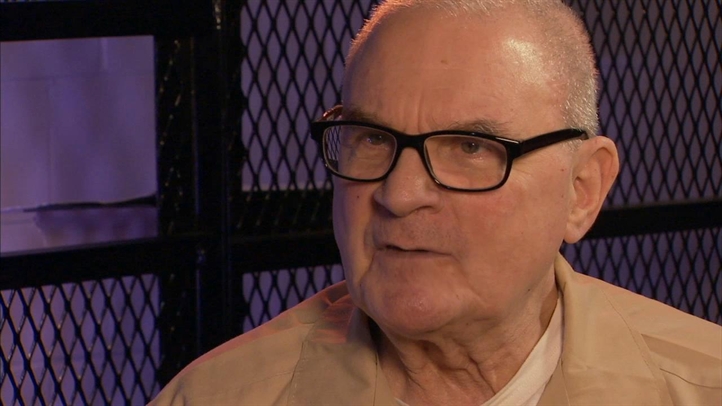Philadelphia has launched an online tool that maps cultural activity throughout the city, in all its mercurial forms.
CultureBlocks.com pulls information from more than 50 databases into a single interactive map. Created by the city's Office of Arts, Culture, and the Creative Economy (OACCE), the aggregate site offers data maps that can layer economic, artistic, and demographic information into a single neighborhood profile.
Its interactive pinpoints show who got block grants from the Department of Commerce, where artists are living, which schools are offering art instruction for kids at what income level. The information can be organized geographically by neighborhood, council district, or school catchment.
Much of this data had not been readily available to everyone, and certainly not for free.
"It's a great opportunity for smaller organizations to get help make decisions," said Moira Baylson of the OACCE, and the director of CultureBlocks.
"If they are looking for partners, or looking to relocate, looking to find rehearsal space, or to find neighborhoods to do outreach in, this can help them make decisions," she said.
Evaluating the social benefits
Baylson spent two years thinking about how to leverage cultural information to effect policy decisions. She partnered with The Reinvestment Fund and the University of Pennsylvania's Social Impact of the Arts Project, which studies the long-term impact of cultural activity on neighborhoods in terms of economy, safety, and education.
Local
Breaking news and the stories that matter to your neighborhood.
"We've been trying to make this argument for 20 years now, that many of the economic benefits of the arts grow out of their social benefits by developing stronger connections at the community and creating connection across neighborhoods," said Professor Mark Stern, the principal investigator with SIAP. "But honestly, most public officials, when they think about the arts, they are thinking primarily about the economic benefits."
CultureBlocks offers an unprecedented way to access and organize data. To Baylson's knowledge, no other city has this tool. The OACCE does not gather any of the information; it's all scraped from city, state, federal, and industry databases. The individual agencies are responsible for updating their own information.
Organizations such as SIAP and the Greater Philadelphia Culture Alliance have not only been gathering data, but defining it. What constitute an arts organization? What can be categorized as cultural involvement?
Pinpointing and defining arts organizations
The IRS defines some of that data to determine nonprofit status, but not to the satisfaction of Stern.
He digs deeper than tax forms.
"In Philadelphia, there are 400 nonprofit cultural organizations that are very clear, and people know where they are. The last time we did this index we came up with 1,200 nonprofit cultural providers in the city," said Stern. "A lot of those are embedded organizations within a larger nonprofit. The arts is a very complicated sector and a very fluid sector."
The data-mapping website is not designed for tourists or culture vultures. It does not have event listings, and would be a very awkward way of finding piano lessons or dance performance. CultureBlocks is designed to help organizations and City Hall leverage cultural activity into neighborhood revitalization.
"We'll have this complete picture of how the arts is embedded in a neighborhood, what these relationships are, and how this sector is helping neighborhood grow in Philadelphia," said Baylson. "Then we'll think about how we can support that. What policies should we develop that can encourage that? And what resources do we need to continue this cycle of urgent recovery in Philadelphia?"
This story was reported through a partnership is news coverage between NBC10.com and NewsWorks.org



